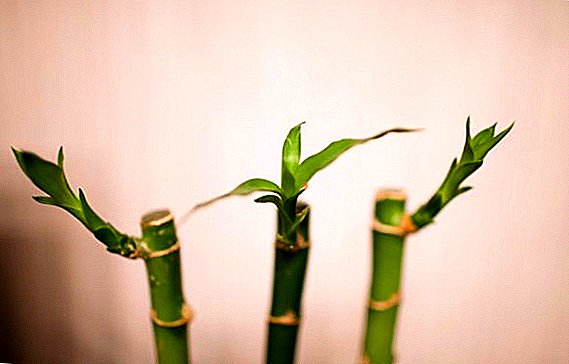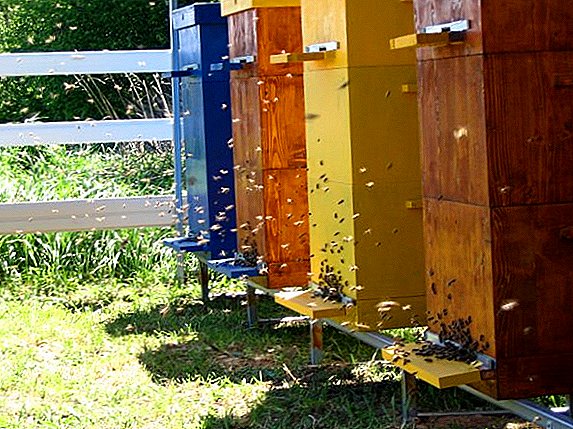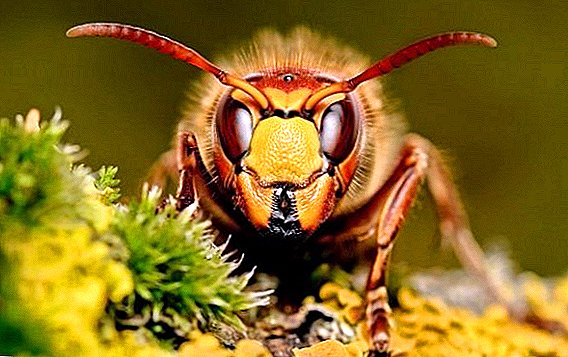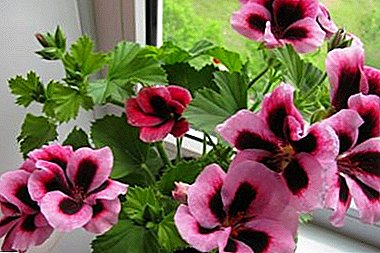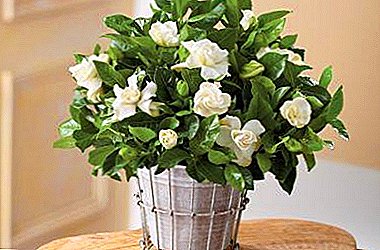
Gardenia refers to one of the most beautiful indoor flowers. This is an amazingly delicate plant that has a pleasant, delicate aroma and fascinating look.
Care at home for novice florists will not always be easy, so we will try to tell in detail and step by step in our article how to do it correctly, we will also give a photo of the flower.
Today we will talk in detail about suitable lighting, temperature, watering and feeding for gardenia.
How to care for a houseplant at home?
The flower is demanding of growing conditions. On a minor change in the parameters of the content or situation reacts badly.
Immediately after purchase
After buying a gardenia, do not rush to transfer to a new pot. It is necessary to give about 2-3 weeks for acclimatization. The flower is under stress due to a change of location. Often when buying a flowering plant, it drops buds, thus reacting to:
- a change of scenery;
- relocation;
- transportation.
You can repot the flower after it blooms or 3 weeks after purchase. This must be done without fail, since there are practically no nutrients left in the soil in which it was located.
Important! Without replacing the soil, gardenia will soon begin to weaken and turn yellow due to the lack of necessary useful elements.
Lighting
 Flower in natural habitat grows most often under the trees. He does not tolerate direct sunlight that burns him. In the room gardenia put at the window from the west or east side.
Flower in natural habitat grows most often under the trees. He does not tolerate direct sunlight that burns him. In the room gardenia put at the window from the west or east side.
The plant does not like drastic changes, so it should stand there almost constantly. Special change of location during budding is contraindicated, this leads to dropping the buds. In the cold, he will need a fluorescent or LED backlight.
Temperature
In room gardenia has its own temperature at which the flower grows beautifully and blooms well. Comfortable daytime temperature in summer is + 21 ° C ... + 24 ° C, at night - + 15 ° C ... 18 ° C. It is possible to maintain the temperature set for gardenia by airing, but it is impossible for cold air to fall on it. This has a bad effect on the formation of buds, the plant can also throw off the available flowers, and the buds dry out.
In winter, temperatures of + 16 ° C are allowed. During this period, gardenia enters a state of rest, during which the flower is gaining strength. Sharp temperature drops have a negative effect on the appearance.
Air humidity
Humidity for gardenia is of paramount importance. Without it, lush flowering is impossible, because thanks to the presence of moisture in the air, flowers are formed and tied. This plant, even at the stage of budding with insufficient moisture, can drop buds or bloom with deformed flowers. To keep indoor air dry, you can:
- put a tank near;
- use pallets of water without contact with her root system;
- install a humidifier or evaporator.
To keep the leaves always fresh and healthy, you can systematically irrigate them with filtered warm water. It is advised to wipe the sheet surface with a damp cloth. Gardenia is good about the warm soul she arranges without wetting the soil.
Watering the soil in a pot
In relation to water, gardenia is considered to be a demanding and capricious flower. The soil in the pot should not be wet, but slightly moist. In the summer you need to moisturize 1-2 times in 7 days. After drying the top layer, the earth needs watering. Full drying should not be allowed. In winter, you need to moisturize once a week or 10 days.
Experienced growers recommend adding lemon juice to acidify the soil: 4-5 drops per liter. You can use citric acid instead.
For the prevention of iron deficiency in acidified water is added 0.5 grams of copper sulphate. After 15 minutes, the water from the pallet must be poured.
During flowering gardenia room should be watered plentifully. For irrigation apply exclusively soft filtered water 30 ° C-40 ° C, in which there are no salts and various impurities.
The soil
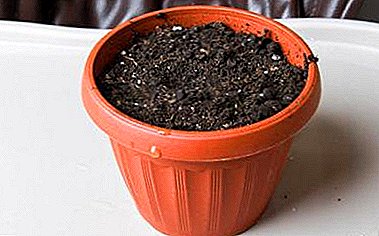 The flower does not tolerate calcareous soil. Its composition should be as close as possible to the natural habitat.
The flower does not tolerate calcareous soil. Its composition should be as close as possible to the natural habitat.
The soil should be:
- sour;
- fertile;
- loose;
- easy;
- able to hold water.
The best substrate is recognized as a mixture of equal parts:
- sod land;
- peat with sand;
- humus
Suitable is acidic soil, which has a pH of 4.5-5.5. Increased acidity leads to rapid yellowing of the leaves. You need to constantly monitor the state of the earth in a pot with gardenia. As soon as it becomes dense, a crust forms, the soil needs to be loosened.
Fertilizers
At the stage of active growth and development of gardenia requires systematic feeding liquid fertilizers. These can be complex formulations for indoor flowering plants. But we must bear in mind that when they are made, the degree of saturation of fertilizers must be reduced by 2 times.
Willingness to accept mineral and organic fertilizers by gardenia is determined by the development of roots. If they have completely occupied the bottom of the pot and the water is absorbed quickly, then they can be safely used.
Growth
Gardenia, which grows in open ground, grows to a height of 2 m. Under room conditions, its growth is 1.5 m. The oval leaves of the plant grow to a length of 8 cm.
Transfer
For gardenia, a pot of small diameter is best. When replanting it, you need to take a pot, which will be 2-3 cm more than what was previously. It is advisable to purchase a ceramic or plastic. So that the water in it does not stagnate, you do not need to choose a too deep pot. It is necessary to have holes in it.
Gardenia refers to those colors that do not like transplanting. This procedure is carried out as the root system grows, namely once every 2-3 years. Young plants are transplanted every year. The earth is renewed in early spring and after flowering.
- The flower should be gently removed from the pot, shake off the excess soil from the roots.
- After that it is placed in fresh soil in which minerals are present.
- Before using the finished soil mixture, you need to make sure that there is no lime in it, and that it has suitable acidity.
- At the bottom it is necessary to pour a thin drainage layer.
We offer to watch a video about transplanting gardenia:
A photo
Next on the photo we will show the gardenia flower.





Problems and Diseases
Gardenia causes all illnesses due to improper care. or infecting it with pests. It may be:
- shield;
- aphid;
- thrips;
- mealybug;
- spider mite;
- nematode;
- whitefly.
When pests affect gardenia, the shoots lose their shape, appear on the leaves:
- holes;
- incomprehensible points;
- whitish or black plaque.
To get rid of some pests by using insecticidal drugs. And from others will help washing the leaves with a solution of potash or laundry soap.
If dry foliage appeared on the plant, the reason may be:
- broken irrigation system;
- incorrectly performed transplant;
- unsuitable primer.
Buds may fall from:
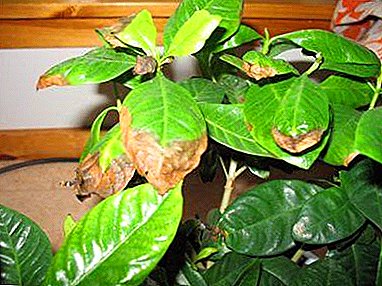 excess moisture;
excess moisture;- hypothermia flower;
- low air humidity;
- Move the pot in the flowering period.
When white spots appear on the leaf plates of gardenia, this indicates the development of chlorosis. If the leaves turn black and fly around, then most likely the roots are heavily flooded with water or:
- indoor air is too dry;
- spider mite infection has occurred;
- there is a shortage of nutrients.
The leaves turn yellow when there is a low temperature in the room. lack of water or if it is tough, as well as when planting in improper soil.
Pruning
An evergreen, decorative gardenia needs systematic pruning. It is necessary to remove weak shoots and wilted flowers. As the plant grows and develops thickened foliage must be thinned. To the appearance of the bush gardenia was more lush, you need to pinch the top. Those shoots that remain after the pruning procedure are used as planting material. In this case, they must be rooted.
For beginners, gardener care is a difficult task. because it requires increased attention. But if you follow all the rules for care and create the necessary parameters in the room, then it will please you with a lush bush and beautiful fragrant flowers.


 excess moisture;
excess moisture;
